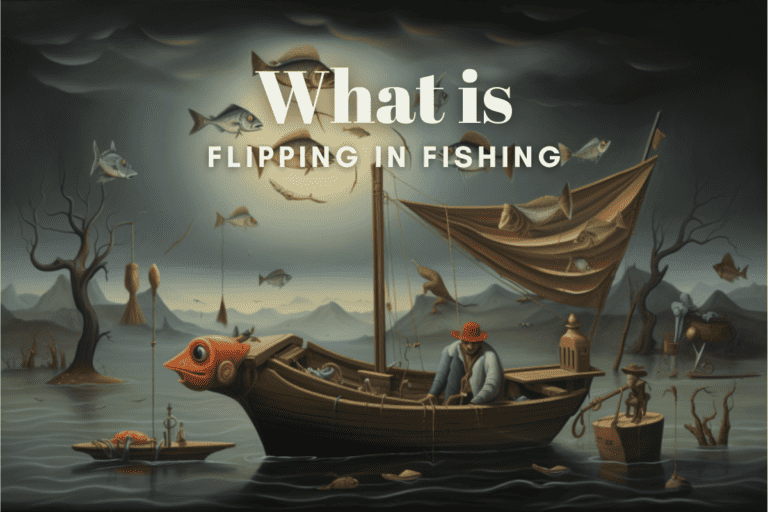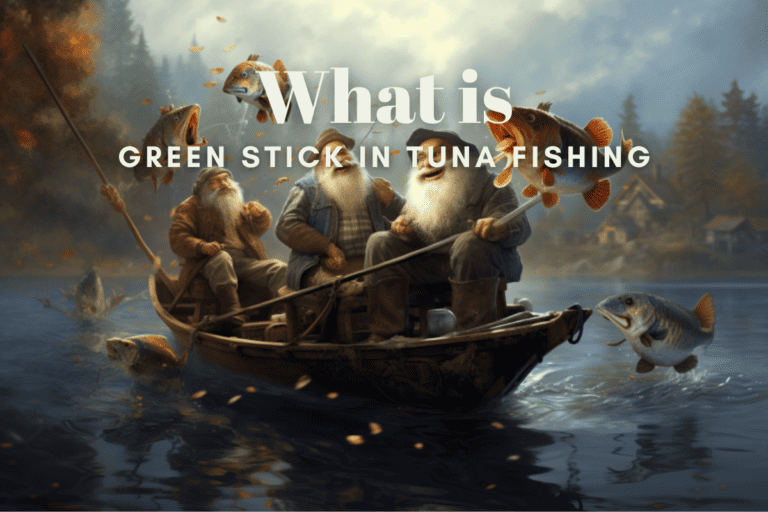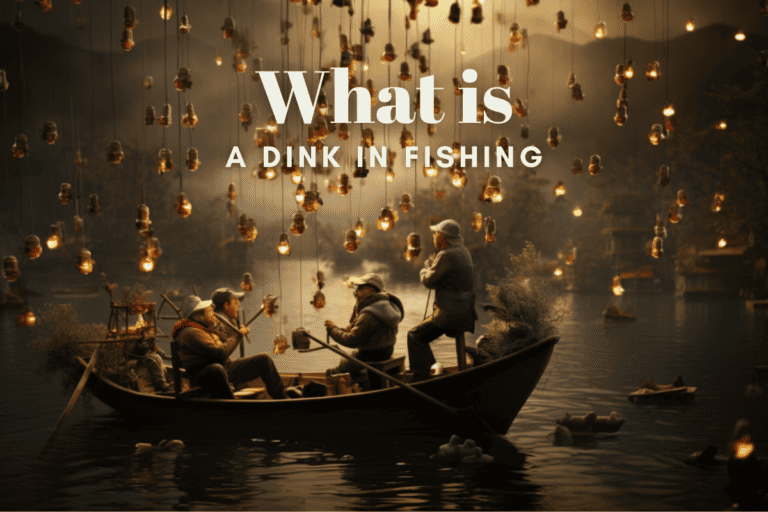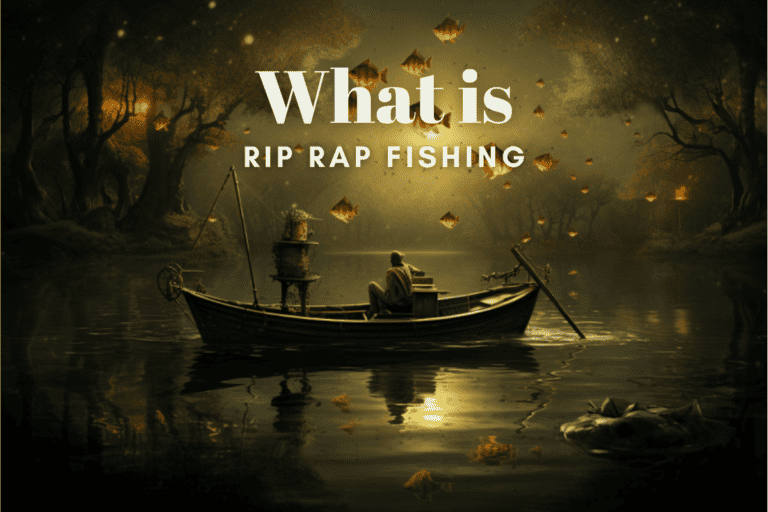What is Nearshore Fishing? Inshore VS Offshore Fishing
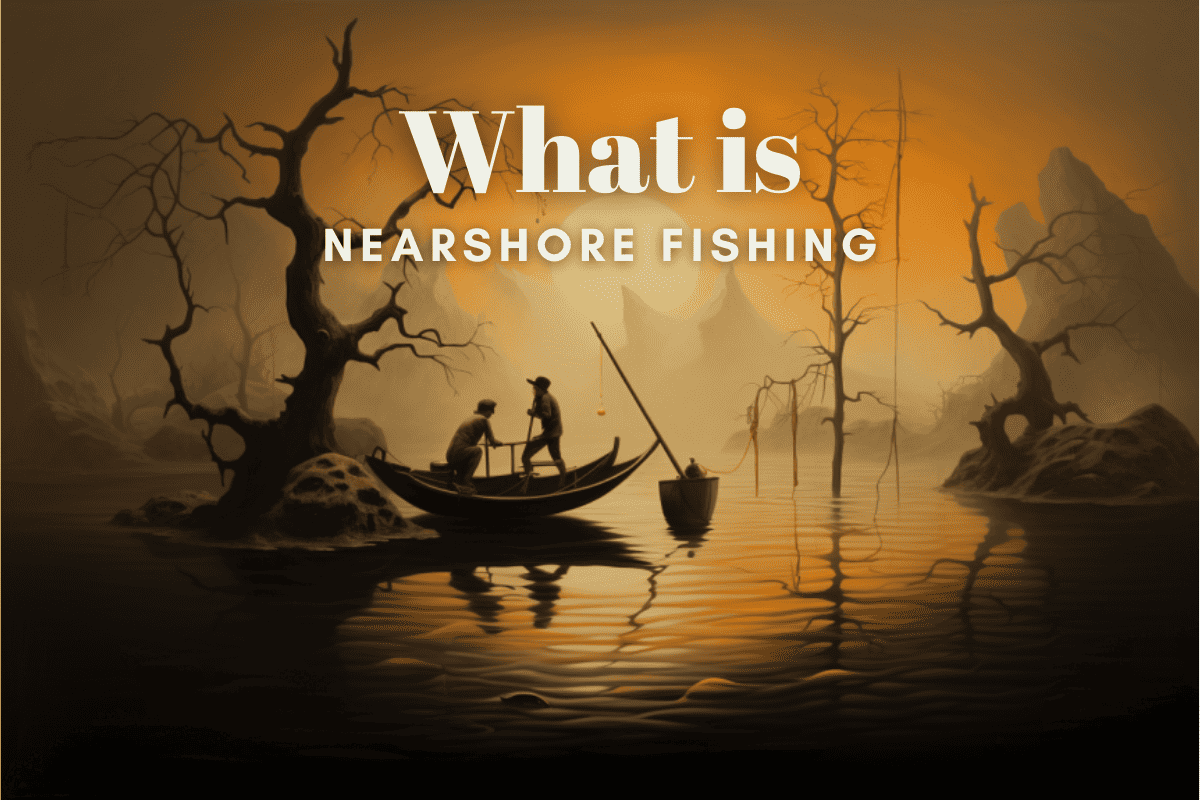
Whether you’re a novice or a seasoned angler, nearshore fishing’s got something for you. From trolling to bottom fishing to casting, you’re in for an action-packed adventure.
So, let’s dive in and discover why nearshore fishing’s become the popular choice and how you can join the angling community.
What is Nearshore Fishing?
Nearshore fishing, a fishing term often confused with inshore fishing, refers to a specific type of angling that takes place in the waters just off the coast, typically within a few miles from the shoreline. It bridges the gap between inshore fishing (within bays, estuaries, and lagoons) and offshore fishing (deeper waters, further out to sea).
Nearshore fishing is the activity of fishing in waters close to the coast, typically within a few miles from the shoreline, but not within bays or estuaries.
Characteristics of Nearshore Fishing:
- Depth: Nearshore waters are generally deeper than inshore waters but shallower than deep-sea regions. They can range from about 20 feet to a few hundred feet in depth.
- Location: This type of fishing occurs in areas like coastal reefs, rocky outcrops, wrecks, and other structures that are close to the coast but not within protected bays or lagoons.
- Target Species: Nearshore fishing targets species that prefer the transitional zone between the deep sea and shallower inshore waters. Common catches include snapper, grouper, king mackerel, and certain species of sharks.
- Gear and Tackle: While lighter than deep-sea fishing equipment, nearshore fishing gear is typically heavier than inshore setups. This is due to the larger fish species and stronger currents encountered.
- Boats: Vessels used for nearshore fishing are often sturdier than inshore boats but don’t need to be as robust or equipped as offshore boats. They should be capable of handling choppy waters and have reliable navigation systems.
- Duration: Nearshore fishing trips can last anywhere from a few hours to a full day, depending on the angler’s preference and the targeted species.
In essence, nearshore fishing offers a unique blend of inshore and offshore experiences. It provides anglers with the opportunity to catch a diverse range of species without venturing too far from the coast, making it an excellent choice for those looking to explore beyond the bays but not quite ready for the deep blue.
Techniques and Tips for Trolling in Nearshore Fishing
Trolling, a method where bait or lures are dragged behind a moving boat, is a popular and effective technique in nearshore fishing. It covers vast areas, targets multiple depths, and entices a variety of species. Here’s a guide to perfecting your trolling game in nearshore waters:
- Choose the Right Lure:
- Depth Control: Use diving plugs or weighted lures to control the depth at which you’re fishing. The lure’s depth should match where the fish are feeding.
- Color and Size: Depending on water clarity and the species you’re targeting, adjust the color and size of your lures. Brighter colors work well in murky waters, while natural shades are best for clear conditions.
- Trolling Speed:
- Adjust your boat’s speed based on the species you’re targeting. Generally, a speed of 2-4 knots is effective, but some species may require faster or slower speeds.
- Monitor your lure’s action. If it’s not moving naturally, adjust your speed.
- Use Planer Boards:
- Planer boards allow you to spread out multiple lines without tangling and cover different water columns simultaneously.
- They also help in moving your bait away from the boat, which can be especially useful in clear waters where fish might be boat-shy.
- Downriggers and Outriggers:
- Downriggers: These devices let you troll your bait at a specific depth. They use a heavy weight to take your lure deep, and a clip releases the line when a fish strikes.
- Outriggers: These extend your fishing lines outward from the boat, allowing you to troll multiple lines without tangling.
- Monitor Fish Activity:
- Use fish finders or sonar to locate schools of fish or underwater structures where fish might congregate.
- Adjust your trolling path based on this information to increase your chances of a strike.
- Set the Drag:
- Ensure your reel’s drag is set appropriately. A too-tight drag can result in broken lines, while a too-loose drag might not hook the fish properly.
- Stay Vigilant:
- Trolling requires constant attention. Regularly check your lures for weeds, debris, or small baitfish that can affect their action.
- Be ready to adjust your speed, direction, or depth based on changing conditions or fish behavior.
- Practice Catch and Release:
- If you’re not interested in keeping the fish, use barbless hooks for easier release. Handle the fish gently and release it as quickly as possible to ensure its survival.
Trolling in nearshore waters can be a thrilling and productive experience. With the right techniques, equipment, and a bit of patience, you can cover vast areas and increase your chances of landing that prized catch. Whether you’re a novice or a seasoned angler, these tips can help refine your trolling strategy and enhance your nearshore fishing adventures.
Exploring Bottom Fishing in Nearshore Waters
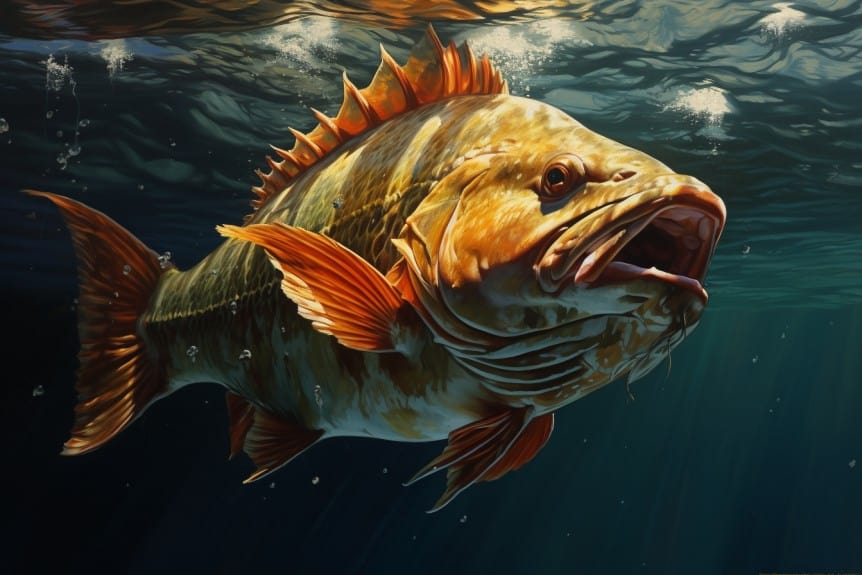
Shifting gears to bottom fishing, it’s a technique that’s universal, used in various bodies of water, and involves a weight and baited hook to reach down to reefs, shipwrecks, or other structures.
It’s a method that invites you into the heart of the aquatic world, where you’re part of the rhythm of the waves and the pull of the tides. The bait can range from live or cut bait to jigs, offering a variety of options to suit your preferences.
This style of fishing targets red snapper, grouper, amberjack, and cobia. It’s not just about the thrill of the catch, it’s also about the camaraderie, the shared stories, and the sense of belonging that comes from being part of the fishing community.
Bottom fishing is both challenging and rewarding, offering excellent table fare.
The Thrill of Casting in Nearshore Fishing
Casting in shallow waters is quite popular, providing the thrill of throwing out lures or bait and retrieving them to attract a variety of fish. For a community of anglers, it’s an engaging way to connect with the sea and its bounty.
Nearshore casting offers a unique charm, stirring the excitement as you spot a potential catch. It’s not just about the fish; it’s the camaraderie, the shared stories, and the collective anticipation that makes it special.
It’s a technique that requires skill, patience, but most importantly, it’s about feeling like you’re part of something bigger. Whether you’re a seasoned pro or a beginner, casting in nearshore waters welcomes you into a community bound by the love of the sea and the joy of fishing.
Final Thoughts
Don’t let the fear of the unknown deter you. Nearshore fishing offers an accessible and thrilling adventure, perfect for anglers of all skill levels.
Whether it’s trolling, bottom fishing, or casting, there’s a technique to suit everyone’s taste. Plus, with less travel time, you get more time to reel in those big catches.
So, why not give it a shot? You just might find your new favorite hobby.
Frequently Asked Questions (FAQ)
Q: What is nearshore fishing?
A: Nearshore fishing refers to the type of fishing that takes place close to the shore, typically within a few miles. It allows anglers to target a variety of fish species without venturing too far from land.
Q: What is the difference between inshore and offshore fishing?
A: Inshore fishing is done in shallow waters near the coast, while offshore fishing takes place in deeper waters further away from land. The main difference is the depth of the water and the target species.
Q: What are the popular fish species for nearshore fishing?
A: Some popular fish species for nearshore fishing include tarpon, redfish, trout, and other game fish that are commonly found in saltwater.
Q: How can I book a nearshore fishing charter?
A: To book a nearshore fishing charter, you can contact a professional fishing guide or charter company that specializes in nearshore trips. They will provide you with all the necessary information and help you plan your fishing trip.
Q: What is a fishing charter?
A: A fishing charter is a service provided by professional fishing guides or charter companies, where they take individuals or groups out on a boat for a fishing excursion. They provide all the necessary equipment and expertise to ensure a successful fishing trip.
Q: Can I choose between inshore or nearshore fishing?
A: Yes, many fishing charters offer the option to choose between inshore or nearshore fishing trips. You can discuss your preferences with the charter company and book accordingly.
Q: What are nearshore fishing charters?
A: Nearshore fishing charters are fishing trips specifically designed to target fish species that can be found near the shore. These charters usually take place within a few miles from land, allowing anglers to enjoy a productive fishing experience without traveling too far offshore.
Q: What is the difference between inshore and nearshore fishing?
A: Inshore fishing takes place in shallow waters close to the coast, while nearshore fishing can include both shallow and slightly deeper waters near the shore. Nearshore fishing offers the advantage of targeting a wider range of fish species than inshore fishing.
Q: Where does nearshore fishing take place?
A: Nearshore fishing takes place in waters close to the shore, typically within a few miles. The exact location may vary depending on the region and the specific fishing grounds.
Q: Can I book an inshore or nearshore fishing trip?
A: Yes, many charter companies offer the option to book either an inshore or nearshore fishing trip. You can discuss your preferences with the charter company and they will help you plan your fishing adventure.
